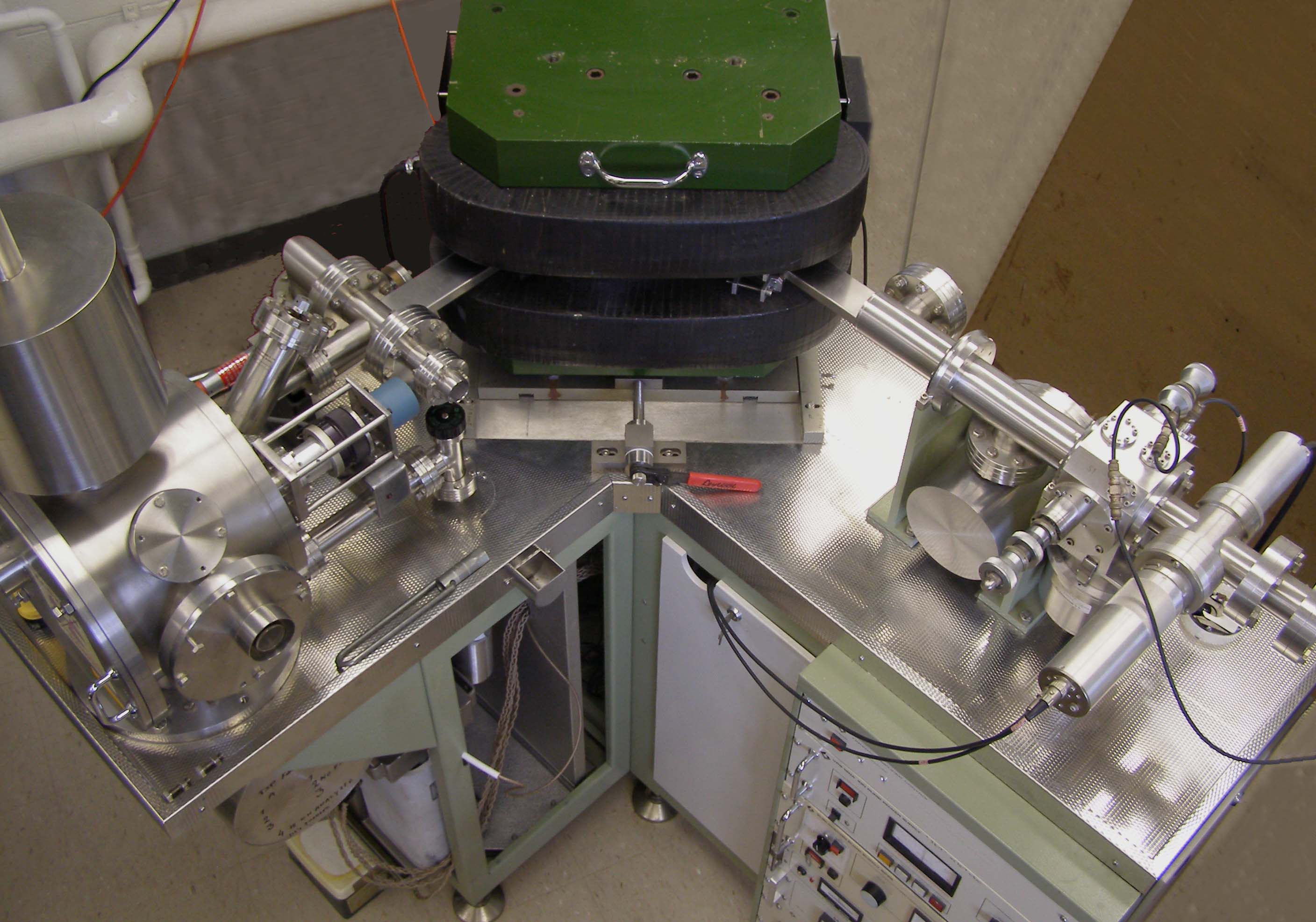Isotope fractionation on:
[Wikipedia]
[Google]
[Amazon]
 Isotope fractionation describes
Isotope fractionation describes
 Isotope fractionation describes
Isotope fractionation describes fractionation
Fractionation is a separation process in which a certain quantity of a mixture (of gasses, solids, liquids, enzymes, or isotopes, or a suspension) is divided during a phase transition, into a number of smaller quantities (fractions) in which t ...
processes that affect the relative abundance of isotopes, a phenomena that occurs (and so advantage is taken of it) in the study geochemistry
Geochemistry is the science that uses the tools and principles of chemistry to explain the mechanisms behind major geological systems such as the Earth's crust and its oceans. The realm of geochemistry extends beyond the Earth, encompassing the e ...
, biochemistry, food science, and other fields. Normally, the focus is on stable isotope
Stable nuclides are Isotope, isotopes of a chemical element whose Nucleon, nucleons are in a configuration that does not permit them the surplus energy required to produce a radioactive emission. The Atomic nucleus, nuclei of such isotopes are no ...
s of the same element. Isotopic fractionation can be measured by isotope analysis
Isotope analysis is the identification of isotopic signature, abundance of certain stable isotopes of chemical elements within organic and inorganic compounds. Isotopic analysis can be used to understand the flow of energy through a food we ...
, using isotope-ratio mass spectrometry
Isotope-ratio mass spectrometry (IRMS) is a specialization of mass spectrometry, in which mass spectrometric methods are used to measure the relative abundance of isotopes in a given sample.
This technique has two different applications in the e ...
, nuclear magnetic resonance
Nuclear magnetic resonance (NMR) is a physical phenomenon in which nuclei in a strong constant magnetic field are disturbed by a weak oscillating magnetic field (in the near field) and respond by producing an electromagnetic signal with a ...
methods ( specialised techniques,) cavity ring-down spectroscopy, etc., to measure ratios of isotopes, important tools to understand geochemical and biological systems, past and present. For example, biochemical
Biochemistry, or biological chemistry, is the study of chemical processes within and relating to living organisms. A sub-discipline of both chemistry and biology, biochemistry may be divided into three fields: structural biology, enzymology, ...
processes cause changes in ratios of stable carbon isotopes incorporated into biomass.
Definition
Stable isotopes partitioning between two substances ''A'' and ''B'' can be expressed by the use of the isotopic fractionation factor (alpha): : where ''R'' is the ratio of the heavy to light isotope (e.g., 2H/1H or 18O/16O). Values for alpha tend to be very close to 1.Types
There are four types of isotope fractionation (of which the first two are normally most important):equilibrium fractionation
Equilibrium isotope fractionation is the partial separation of isotopes between two or more substances in chemical equilibrium. Equilibrium fractionation is strongest at low temperatures, and (along with kinetic isotope effects) forms the basis o ...
, kinetic fractionation, mass-independent fractionation (or non-mass-dependent fractionation), and transient kinetic isotope fractionation.
Example
Isotope fractionation occurs during aphase transition
In physics, chemistry, and other related fields like biology, a phase transition (or phase change) is the physical process of transition between one state of a medium and another. Commonly the term is used to refer to changes among the basic Sta ...
, when the ratio of light to heavy isotopes in the involved molecules changes. As Carol Kendall of the USGS
The United States Geological Survey (USGS), founded as the Geological Survey, is an government agency, agency of the United States Department of the Interior, U.S. Department of the Interior whose work spans the disciplines of biology, geograp ...
states in an information page for the USGS Isotope Tracers Project, "water vapor
Water vapor, water vapour, or aqueous vapor is the gaseous phase of Properties of water, water. It is one Phase (matter), state of water within the hydrosphere. Water vapor can be produced from the evaporation or boiling of liquid water or from th ...
condenses (an equilibrium process), the heavier water isotopes (18O and 2H) become enriched in the liquid phase while the lighter isotopes (16O and 1H) tend toward the vapor phase".
See also
* Isotope separationReferences
Further reading
* *Faure G., Mensing T.M. (2004), "Isotopes: Principles and Applications", ( John Wiley). *Hoefs J. (2004), "Stable Isotope Geochemistry", (Springer Verlag
Springer Science+Business Media, commonly known as Springer, is a German multinational publishing company of books, e-books and peer-reviewed journals in science, humanities, technical and medical (STM) publishing.
Originally founded in 1842 in ...
).
*Sharp Z. (2006), "Principles of Stable Isotope Geochemistry", (Prentice Hall
Prentice Hall was a major American publishing#Textbook_publishing, educational publisher. It published print and digital content for the 6–12 and higher-education market. It was an independent company throughout the bulk of the twentieth cen ...
).
* {{cite journal , last1=Akoka , first1=Serge , last2=Remaud , first2=Gérald , title=NMR-Based Isotopic and Isotopomic Analysis , journal=Progress in Nuclear Magnetic Resonance Spectroscopy , date=October–December 2020 , volume=120-121 , pages=1–24 , doi=10.1016/j.pnmrs.2020.07.001 , pmid=33198965 , bibcode=2020PNMRS.120....1A , url=https://www.sciencedirect.com/science/article/abs/pii/S0079656520300224 , access-date=2024-02-11, doi-access=free
Fractionation